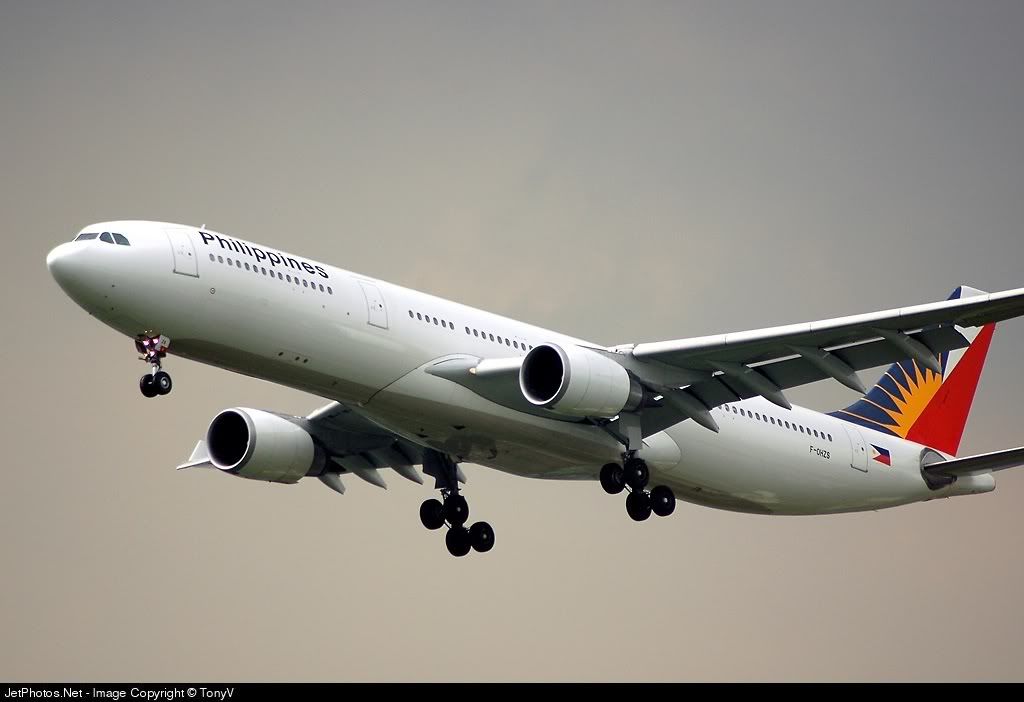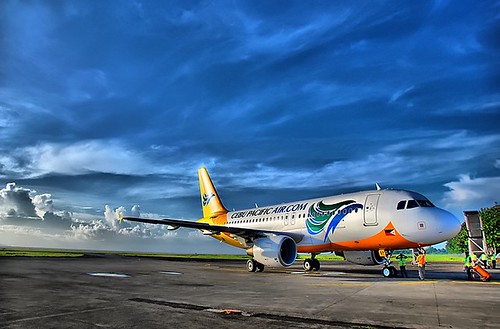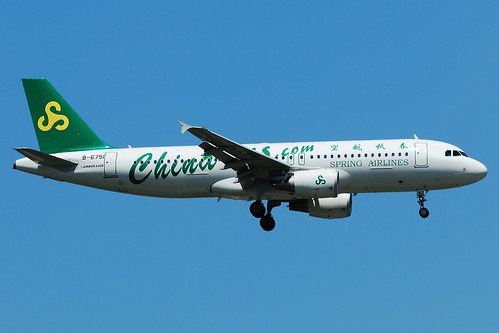It's all Economics!
April 28, 2013
 THIS year marks the
10th anniversary of the country’s open-skies agreement with the United
States, but it remains to be seen whether the pact has resulted in
increased numbers of tourists entering the country, as its proponents
have argued, or had a negligible effect on tourist arrivals.
THIS year marks the
10th anniversary of the country’s open-skies agreement with the United
States, but it remains to be seen whether the pact has resulted in
increased numbers of tourists entering the country, as its proponents
have argued, or had a negligible effect on tourist arrivals.
April 28, 2013
 THIS year marks the
10th anniversary of the country’s open-skies agreement with the United
States, but it remains to be seen whether the pact has resulted in
increased numbers of tourists entering the country, as its proponents
have argued, or had a negligible effect on tourist arrivals.
THIS year marks the
10th anniversary of the country’s open-skies agreement with the United
States, but it remains to be seen whether the pact has resulted in
increased numbers of tourists entering the country, as its proponents
have argued, or had a negligible effect on tourist arrivals.
Among the various
entitlements under the agreement, few have been followed, according to
Southeast Asian Airlines (Seair) President Avelino L. Zapanta. He said
the Federal Aviation Administration (FAA) downgraded the country’s
aviation to Category 2, preventing any of the country’s air carriers
from expanding any of their routes to the US.
“Naisahan tayo sa
Category 2. That’s the way of the Americans, to put one over us to
prevent us from benefiting [from the] open-skies facility,” Zapanta
said.
Asked to comment on
Zapanta’s observation during a separate interview, Civil Aviation
Authority of the Philippines (Caap) Director General William K.
Hotchkiss III gave a knowing smile: “It’s all economics. I can talk only
about technical matters.”
Zapanta said that at present, the United States is not using its entitlement of 36 flights per week.
For his part, Civil
Aeronautics Board (CAB) Executive Director Carmelo L. Arcilla, when
asked to comment about the successes/failures of the open-skies
agreement, said:
“Each country adopts
its own pace in liberalizing, uso ’yan ngayon [that’s the trend today],
not open skies but liberalization.” Even the Philippines is pursuing
liberalization, he added.
Asked whether the US
took advantage of our open-skies policy so that US carriers could fly
outside of Manila, Arcilla categorically said no. “The level of
operation has been static; in fact, it has been lessened at some point
but recently it has been static, and the reason for this is open skies
is not a silver bullet,” he added.
The CAB chief said
open skies is not a panacea where one invites the other participants to
an agreement and expects that the services would increase and the
tourists would come in droves.
 |
| “It’s all economics" DG Hotchkiss remarks on US Open Skies |
“It’s a market-driven
industry. So, it’s about infrastructure, marketing and peace-and-order
perception.”
He added that open skies could be an element or a support
system that could bring about these goals.
Asked whether
Philippine Airlines (PAL) was right all along when it claimed that open
skies would not spur air-traffic growth or uplift local aviation
industries, Arcilla had a ready reply: “We could not because we were
downgraded to Category 2. We could have, because the market is growing.”
View from Brussels
The CAB chief recently
flew to Brussels, accompanied by executives from PAL and Cebu Pacific
to see Matthew Baldwin, currently director for Air Aviation and
International Transport Policy at the European Commission.
Hotchkiss said Baldwin
wanted to see the safety oversight system of the Philippines in
accordance with international standards set by the International Civil
Aviation Authority (Icao).
“I made a
presentation…they knew already that as far as Icao is concerned, there
were no longer SSC or significant safety concerns [in Philippine
aviation]. And we also told them what we have done so far after that
lifting of SSC, to address whatever safety concerns the EU has.”
Because of this,
Hotchkiss said European Commission’s Directorate General for Mobility
and Transport is sending a team to Manila the first week of June “to see
whether what we told them is really there, the procedures prescribed by
ICAO, hindi ’yung puro bibig lang tayo.”
In 2010 the 27-member
European Commission imposed a ban on Philippine carriers, including PAL
and Cebu Air Inc. (Cebu Pacific) from European airspace for the failure
of the Caap to reform the country’s civil-aviation system. The EU
followed the conclusions of the Icao as basis to ban Philippine carriers
from operating over European skies.
Both decisions made by
the European Commission and the FAA prevented airlines from the
Philippines to mount additional flights to the US and Europe. But
following the February 18 to 22 audit, the ICAO lifted the SSCs on the
Philippines.
Hotchkiss received a
copy of a letter of Raymond Benjamin, secretary-general of Icao,
endorsing the Caap efforts toward aviation safety oversight.
Following the European
Safety Council’s visit in June, Hotchkiss said he was “hopeful for the
Filipino people, not just for Caap, that the EU would lift its ban
before the end of the semester and hopefully, PAL and Cebu Pacific will
fly to Europe and the European airlines as well.”
He added that the
European and American investors appear in a hurry to have their
respective countries resume flights to the Philippines in the wake of
announcements by the Asian Development Bank and Moody’s Investors about
the country’s robust economy.
John Bargallo and the FAA
Hotchkiss said John
Bargallo, FAA manager for international programs and policies, can’t
come to review the CAAP’s new status so he is sending somebody else on
May 2 or 3 for a “check-in” visit.
“So it’s just a matter
of communications and face-to-face visits and just to again affirm that
what we are saying we have done has actually been done, insofar as
standards and recommended practices are concerned.”
Asked how soon could
the Philippines get back the Category 1 rating, Hotchkiss said: “I
cannot tell that at the moment, but we’re also positive, maybe, the end
of this year.…”



















(Apr)%20LHR%20(MBI)(46)-S.jpg)




